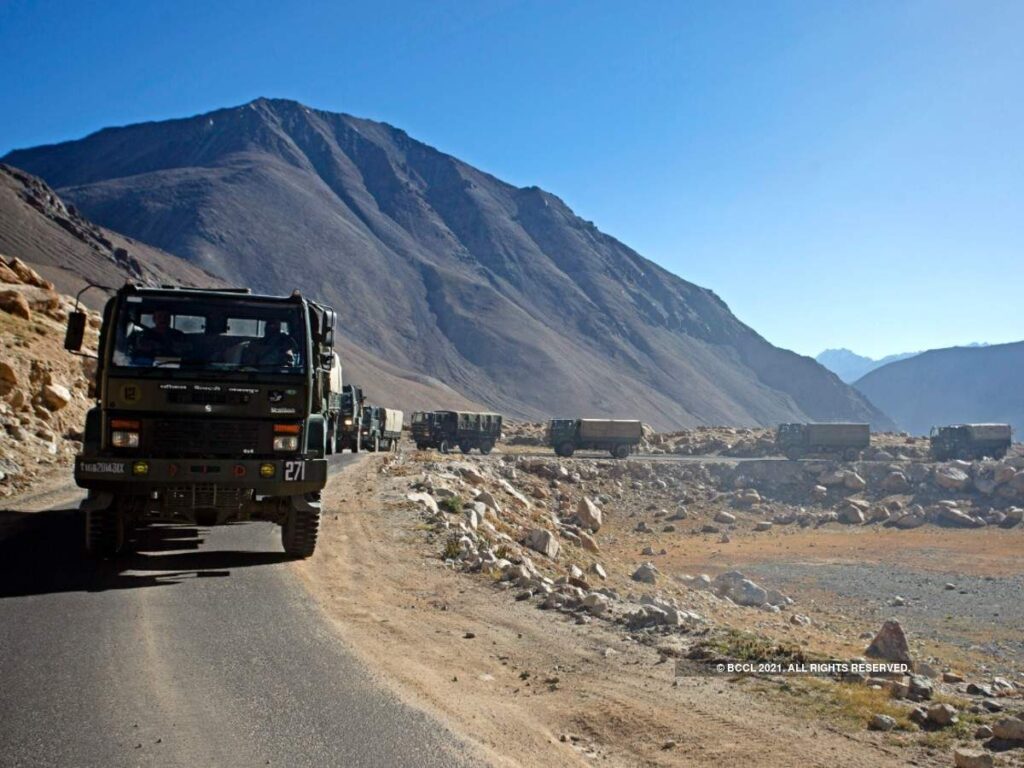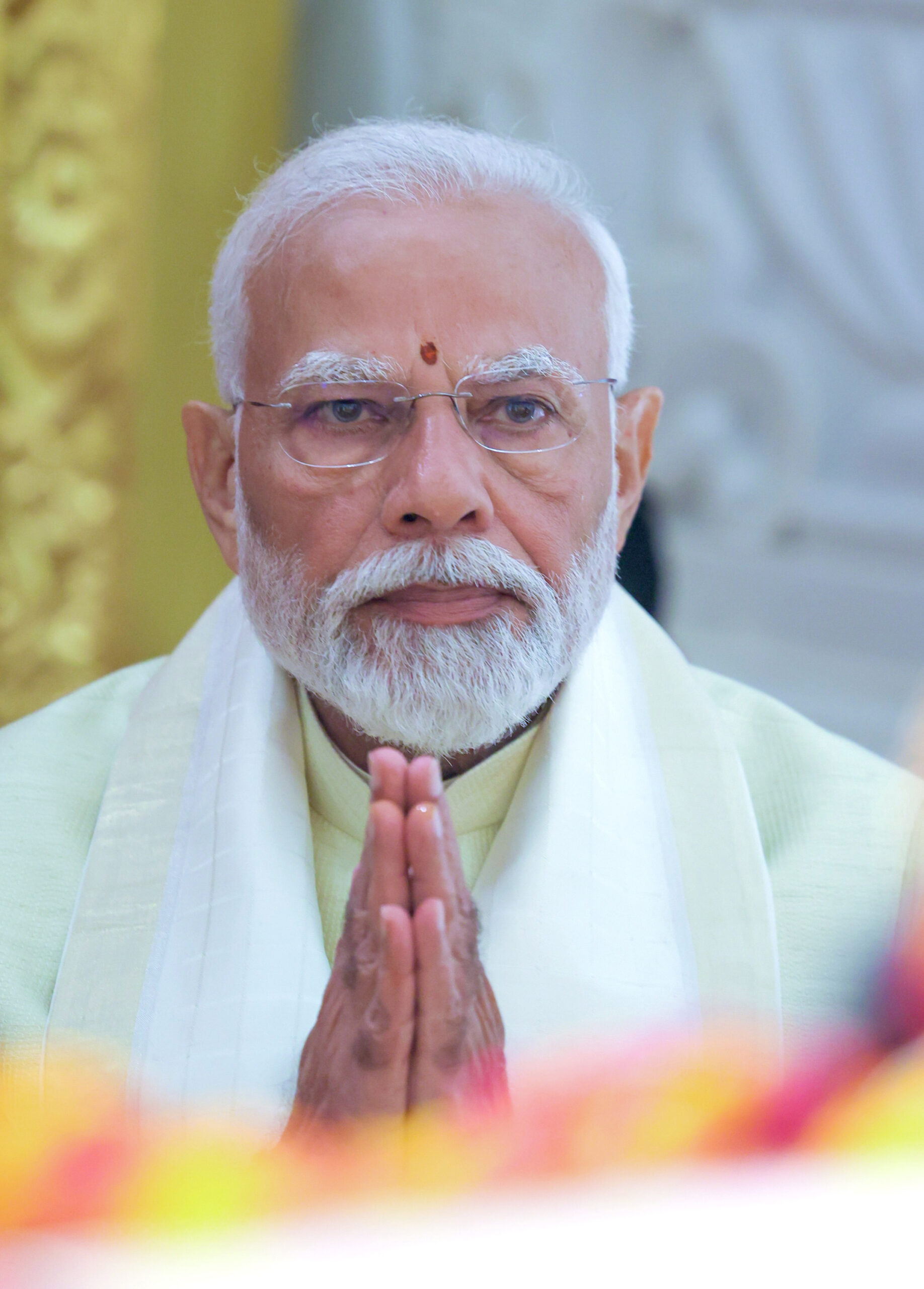
When the Sumdorong Chu standoff between Indian and Chinese armies peaked in the autumn of 1986, the People’s Liberation Army (PLA) proposed that both sides create a buffer zone by moving 20 kilometres away from the friction points in Arunachal Pradesh to avoid an accidental flare-up. The Indian Army, led by General K Sundarji, responded by inquiring about the buffer zone’s reference point, as the 1,126-kilometer Line of Actual Control (LAC) in Arunachal Pradesh was undefined, and Beijing claimed the Indian state as its own. The Chinese never responded, and the Sumdorong Chu standoff was eventually settled eight years later.
Cut transgressions along the 1597-kilometer LAC in Ladakh to May 2020. The Chinese army entered the Gogra Hot Springs area near Kongka La and the Finger 4 mountainous spur on the northern banks of the Pangong Tso with the intention of imposing the 1959 Green Line defined by then-prime minister Chou En-Lai on the Ladakh LAC, acting on orders from the highest levels. This resulted in a stand-off on the ground, with the Indian Army matching Chinese strength on the ground to this day, with no signs of PLA disengagement at Gogra-Hot Springs and de-escalation limited to only the Pangong Tso fingers and the south banks of the salty cold lake along the Rezang La-Rechin La ridgeline.
During the 11 rounds of military talks, the PLA proposed establishing a buffer zone on the north bank of the Pangong Tso and a 10-kilometer no-fly zone around the LAC to prevent accidental escalation due to local friction. The PLA proposed Finger 4 as the reference point rather than Finger 8, which is the Indian perception of the LAC, using deception and subterfuge as legitimate tools. According to reports, the Indian side proposed a via media solution, with a buffer zone starting at median finger 6 as the reference point, but the PLA refused.







